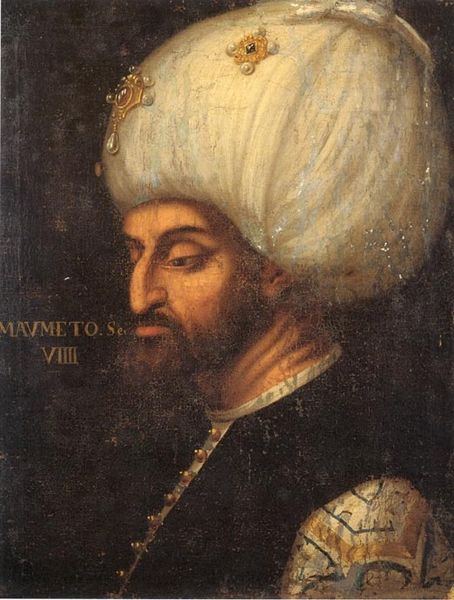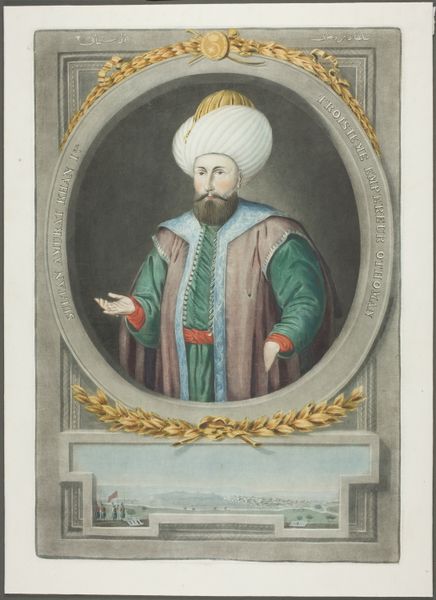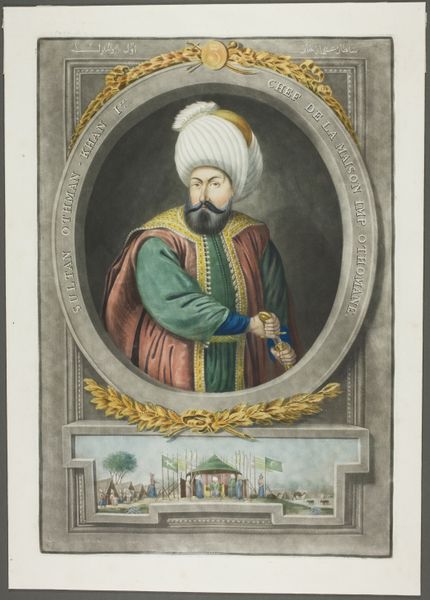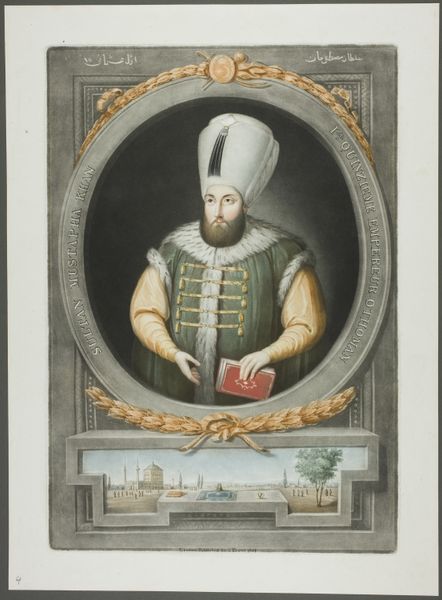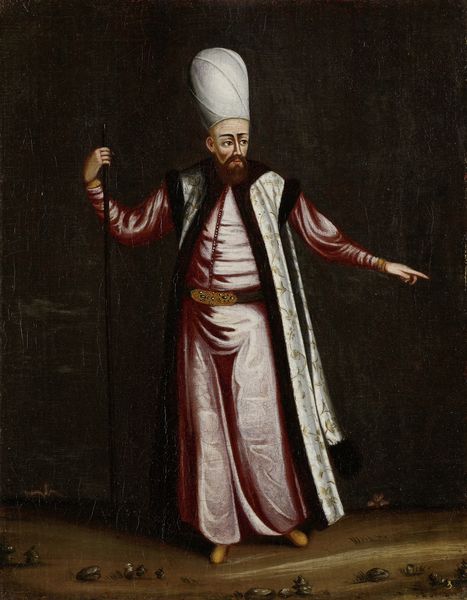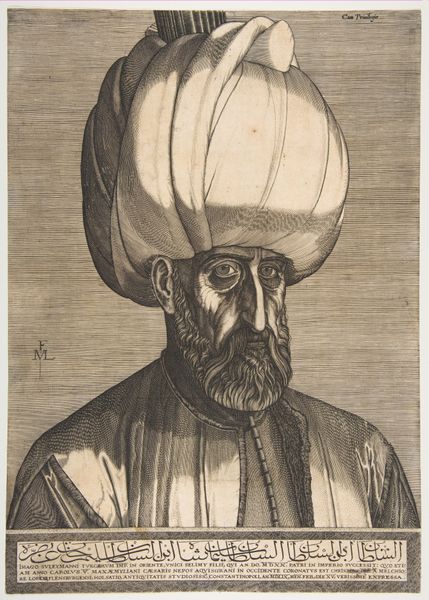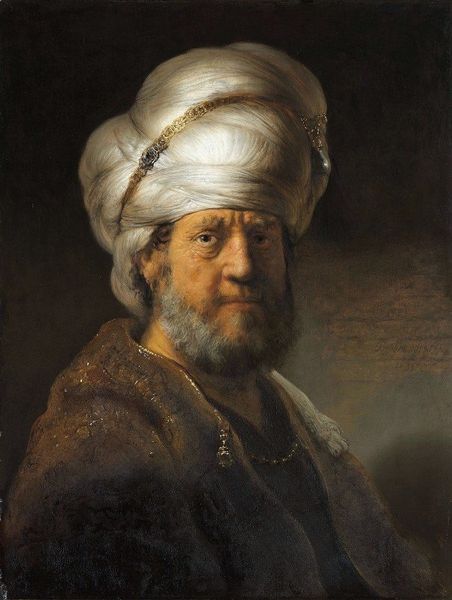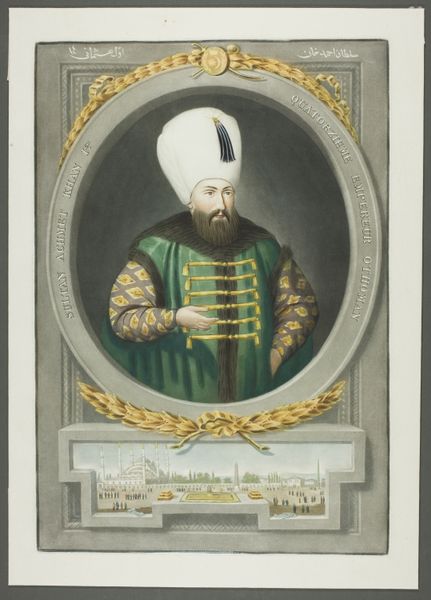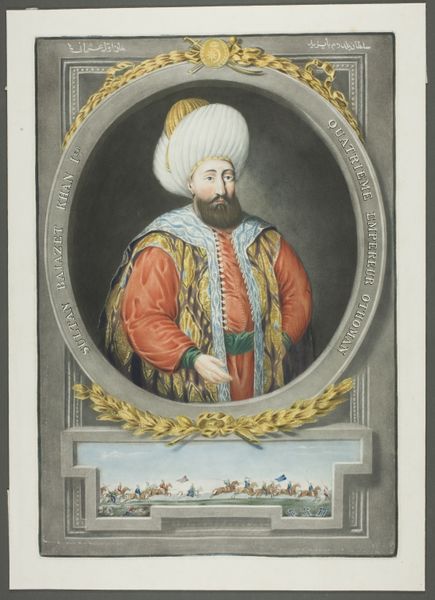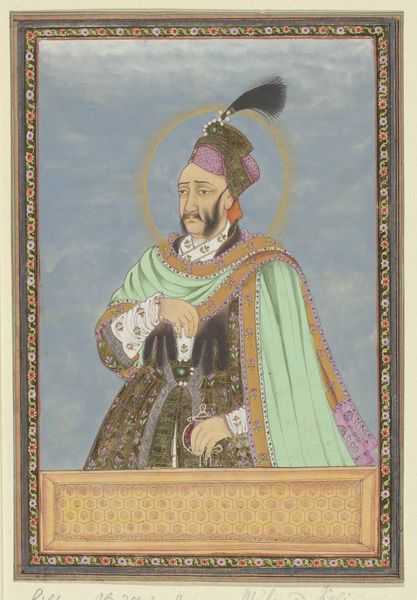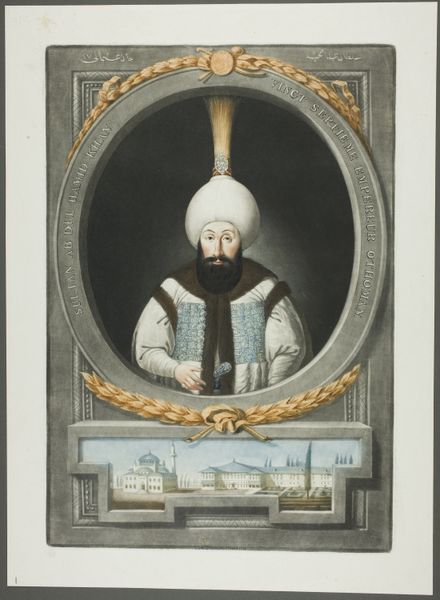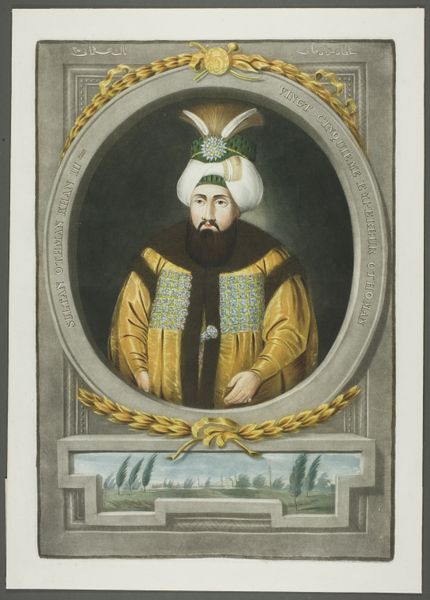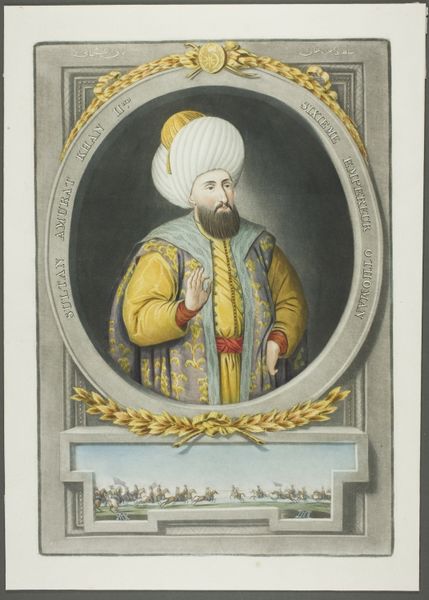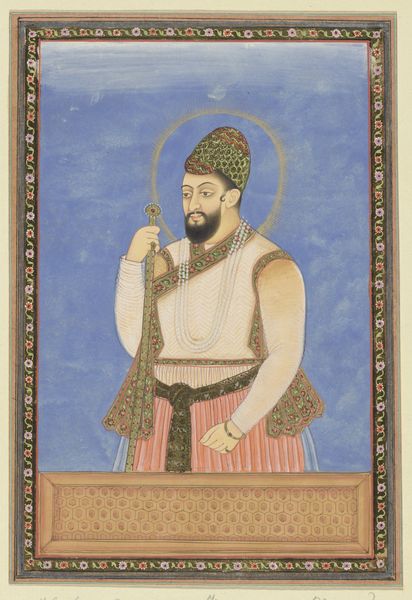
#
portrait
#
venetian-painting
#
11_renaissance
#
oil painting
#
islamic-art
#
genre-painting
#
history-painting
Copyright: Public domain
Curator: Looking at this piece, I'm struck by how… present he feels. Is it the gaze? Or just the overall regality? Editor: It’s a compelling work, undoubtedly. This is Gentile Bellini's "Portrait of Ottoman Sultan Mehmed the Conqueror," painted around 1480. It marks a fascinating intersection of Venetian and Ottoman cultures during the Renaissance. Curator: Venice meets the Ottomans! I can’t help but wonder about the circumstances of its creation. What narratives and artistic diplomacy were involved to arrive at this depiction? Editor: Indeed, it's an interesting story. Bellini, a prominent Venetian painter, was actually invited to Istanbul by Mehmed II himself. This portrait is believed to have been commissioned during Bellini's stay. This piece embodies the emerging artistic exchanges between Europe and the Ottoman Empire. The sultan's decision to summon a Venetian artist underscores his awareness of Western artistic traditions and his ambition to integrate elements of European culture into his own court. Curator: Did he think this would portray power or wealth? The artist's background gives the portrait an added dimension, doesn't it? The heavy, dark robe looks plush, almost opulent. There are a great many crowns. I suppose you could expect as much from a conqueror? Editor: Absolutely. The symbolic significance here is really interesting when considering cross-cultural exchange. It's interesting, though, that his power isn't expressed through overt military symbols but through a sense of refined majesty and the sheer cost of the textiles and ornamentation. This probably helped broadcast Mehmed’s sophistication to European courts, showcasing the Ottoman Empire as more than just a military power. Curator: A soft power play, maybe? A sort of cultural negotiation on canvas, suggesting not just power, but maybe also… diplomacy? Editor: Precisely! In our contemporary world, considering this is a statement about empires can open pathways to look into issues such as cultural exchange or representation. Curator: True, in that way the portrait isn’t just about one sultan; it's about the beginnings of globalization, of cultures rubbing shoulders and influencing each other. I'm looking at it differently now! Thanks.
Comments
No comments
Be the first to comment and join the conversation on the ultimate creative platform.
